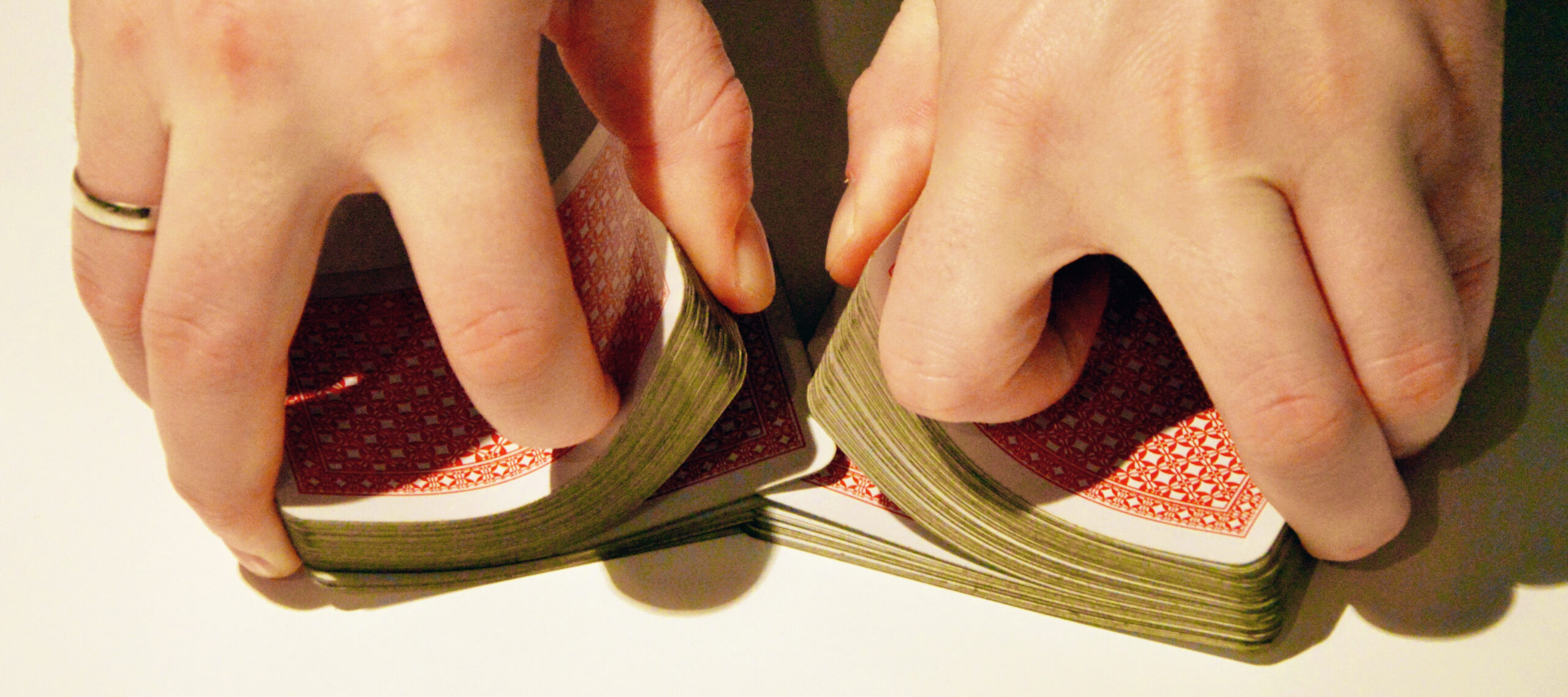Author: Annika Waern

-

All Cards on the Table
The theme of this year’s Knutpunkt is shuffling the deck. With this theme, the organizers aim to rethink some of the ways in which the Nordic larp conference has traditionally been staged and perceived. Inspired by the theme we took on the challenge to rethink also the Knutpunkt publication.
-

Knutpunkt 2018 Companion – Call for Content
We want your content for the Knutpunkt 2018 Companion! This year the publication will be online and accept many different types of content. Contribute here!